#bicolano pantheon
Explore tagged Tumblr posts
Text

Haliya goddess of the moon and moonlight. Archenemy of the Bacunawa, and defender of Bulan the god of the pale moon.
she is the embodiment of the Halya ritual and the goddess of moonlight againts bakunawa. Many stories say she wears a golden mask to hide her beauty
#Haliya#haliya moon goddess#Haliya and Bakunawa#Bicolano mythology#Haliya Bicol mythology#philippine mythology#Moon goddess Haliya#Bicolano pantheon#Haliya goddess of the moon#folklore#Bacunawa myth
2 notes
·
View notes
Text
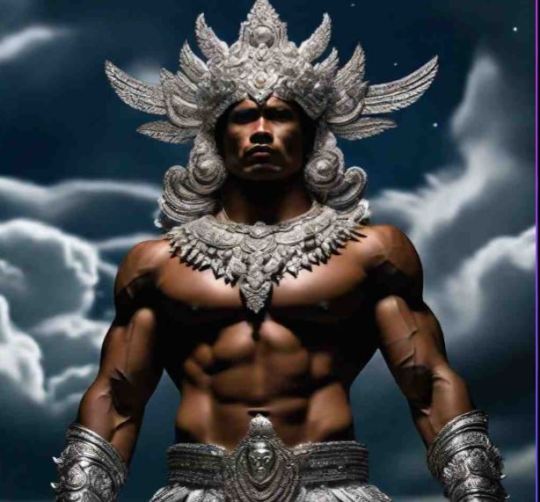
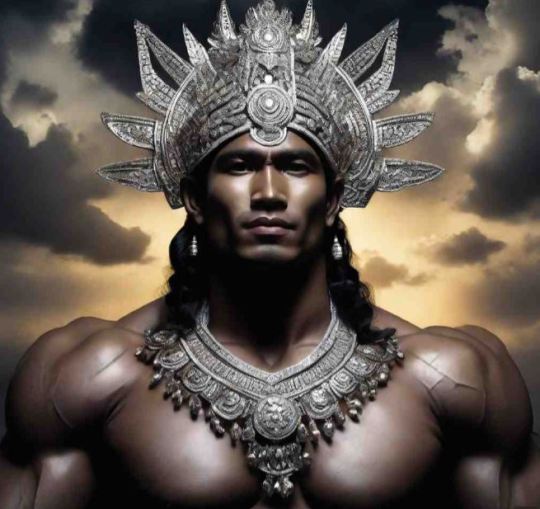
Gugurang, the supreme deity in Bikolano mythology
#GUGURANG#BIKOLANO MYTHOLOGY#BICOL MYTHOLOGY#PHILIPPINE MYTHOLOGY#ANITO#DIWATA#BICOLANO PANTHEON#PHILIPPINE DEITIES#FANTASY PICTURES#FANTASY ART
0 notes
Text
Notes on Anitismo - The Ancient Religion of the Philippines by Isabelo de los Reyes.
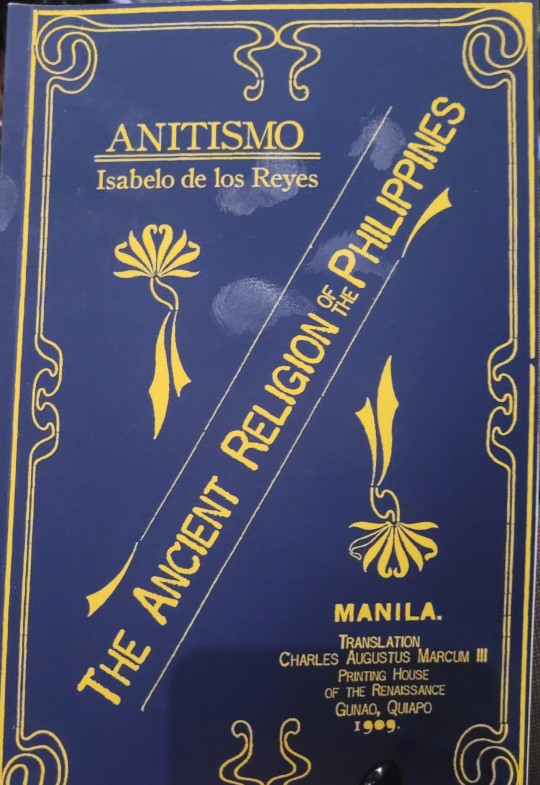
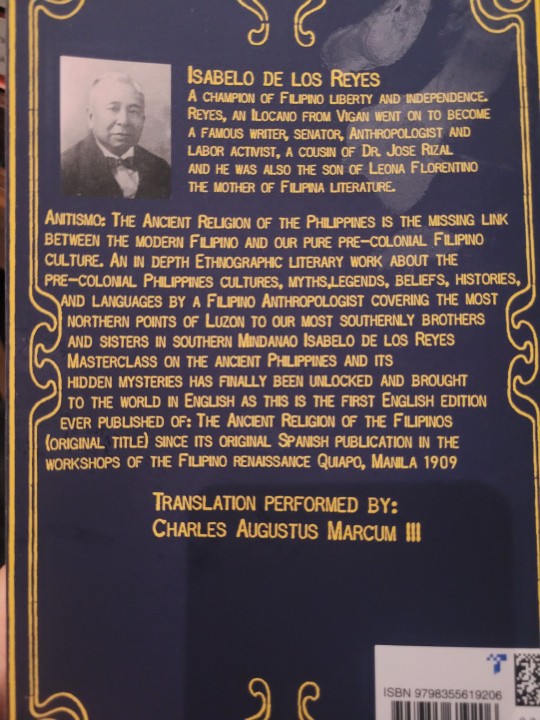
Keep in mind - this was written a while back.
Ancient Chronicles written by the Jesuit hispanic Friars state that at the that the first spaniards set foot in the Philippines from the coast of visayas to Manila there was a considerable population of Muslim converts
This was especially true for Mindanao due to conversion by Islamic teachers from Borneo
De los Reyes argues that because of this, to find native Filipino religion at its purest, we must look to the North
Distinguishing native religion without outside influence such as from Islam, Hinduism, Christianity etc can be tricky
However he argues that the traces of Native Filipino religion can be found in the stories superstitions and advice that belong to various Filipino ethnic groups (Tagalogs, Bicolanos, Zambalenos etc)
From the South of the country in Mindanao to the extreme North like Luzon, De los Reyes argues then native Filipino religion was consistent
This religion was Anitism or the Cult of Anito, meaning souls of the ancestors.
Anitism is not a monolithic religion and hosts a broad pantheon ranging from Gods to animals, nature, elements and space.
The Philippines had its own modern spiritism and De los Reyes argues this may have been the origins of the cults of "Romanist Saints" (Catholic saints) in the Philippines. By this I think he means that Filipino spirituality influenced how Filipinos proceeded with Catholic worship.
The oldest chronicles about the Philippines can be found in various museums and libraries (such as the National Library of Madrid, Covenant of St Augustine in Manila)
We can follow these chronicles, from when the Jesuit Pedro Quirino provided news of religion in the Philippines in 1604, followed by reproductions by others like the Jesuit Colin in 1663 and others such as Fr. Morga, Gonzalez de Mendoza, Aduarte etc.
Fr Morga said that Filipinos practised Anitism in certain regions like Camarines and Cagayan.
Some traditions would say that Manila and its regions were not originally native to the island - they were from Malayan islands and other remote areas.
Before the Spaniards arrived, Islamic teachers from Borneo came to preach and interacted with the locals
Their teachings and beliefs spread quickly throughout the Philippines
Fr. Grijalva writes that they (Filipinos) started adopting their traditions and took on their names.
De Los Reyes argues that Spanish conquistadors' arrival/conquest was delayed because Filipinos were already familiar with various religions and beliefs and also because of the hands of Datu Lapu Lapu. What I believe he is arguing is that Datu Lapu Lapu and the previous exposure Filipinos had to different religions at first delayed Spanish influence from spreading so quickly.
Other islanders who weren't under the control of the government in the Philippines has their beliefs influenced by religious preachers who travelled to them from the Straits of Malacca and the Red Sea.
An account, dated April 20th 1572 (preserved in the archives of India) which is from the conquest of Luzon details "In these towns, closest to the sea, they do not eat any pork, which the moors taught them. But if you ask them, they say they do not know Muhammed or his law." This account was reproduced by Wenceslao Retana.
In actuality, very few Filipinos could understand/read the teachings of the Koran despite the Islamic influence.
In Filipino traditions, reverence and worship was given to nature and the elements, and this was usually consistent throughout the islands.
Native Filipino religion beliefs include elements, animals, stars and ancestors.
Filipino religion in Manila and nearby areas was a mixture or Anitism, Buddhism, Hinduism and Islam brought by the Malays of Borneo.
Vocabulary included Sanskrit and Malay terms such as Bathala, meaning Lord.
However these terms are not used in Northern provinces.
De Los Reyes argues that Itnegs and other mountain tribes conserved and maintained the purest form of Filipino religion
In the Ilocos, Cagayan, Isabela and other provinces of Northern Luzon, native Filipino religion was more prevalent
Hindus and Buddhists converted many in Java and Malaysia.
However Muslim influence became dominant in 1478 - 60 years before the Dutch invasion.
According to Javanese legends, Hindus arrives in Java 78 years before Christ.
The first Malays came from the Minangkabau river region to establish cities in Malacca , Ojohor and Singapore in the 12th century, as per Malacca records.
In the 13th, 14th and 15th centuries, there were various Malaysian emigrations reaching the Philippines
De Los Reyes argues that Filipinos may have also populated the islands of Malaysia, and emigrations could have originated from strong winds coming down from the North.
The first Spaniards found the son of Lakandula, King of Manila, when they went to Borneo.
The emperor's master of ceremonies from Japan (Mr Fujita) argued that emigration likely came from the north and that Filipinos may have some relations to the Japanese.
According to Geographers and Historians of the Mariana Islands, what De Los Reyes calls the "know it all Spanish" - had no idea about interesting ruins found in Oceania, one of which was a prehistoric statue that was being held in the British museum.
He argues there may be hidden megaliths, artefacts, and remnants of lost civilisation in the Philippines, as seen in various locations such as : Butacan caves, Pangibalon Hill, Madias de Iloilo and Nasso.
#Philippines#pre colonial philippines#Filipino#Filipino history#Anitism#Filipino religion#Pinoy#Isabelo de los Reyes#History#Asia#Asian history#South east Asian history#Religion#ancient religion#South east asia#Colonialism#spanish colonial#Spanish colonialism#Philippines history#Philippine history#Anitismo#Keep in mind this was written a while ago so some terms may be outdated#I've tried to interpret some tricky parts the best I could#My ass who is from the Northern Philippines 🗿
66 notes
·
View notes
Note
I do have to say, that unlike the ancient Greek beliefs that may have some overlapping gods and maybe even had a sort of vague pantheon that although some communities may worship one god more than the other, still had a sort of connecting unity to some degree with their myths and legends, the ethnic groups of the Philippines had a LOT more differences when it comes to myths about their pantheons even within the same island. In fact, I would say the difference is probably closer to the difference between Norse mythology and Greek mythology just to explain how different things are between groups.
Bathala, for example, who had come from the Tagalog pantheon and has since been nationalized after the Spanish used his name as an equivalence to the Christian God, is not the head god of the Bicolano pantheon of which culture exists just neighboring the Tagalogs. To the Bicolanos, the head god was not Bathala but Gugurang, a god that resided within the Mayon volcano.
The Tagalogs also have an extremely different pantheon of gods that don't seem to have a lot of overlap with the Bicolanos as there's no specific equivalence between Bathala and Gugurang besides being the head gods, likewise even their rivals Sitan and Ulilang Kaluluwa for Bathala and Asuang for Gugurang have no correlation whatsoever just to name some examples.
This is just two groups that literally neighbor each other within the same island yet have little in common in terms of pantheons. Although the Tagalog pantheon and mythology seem to be the most common these days with most referring to it when discussing Filipino mythology, I do encourage looking up and researching the different myths and pantheons of different ethnic groups and regions.
You are Filipino? Do you have in your culture ancient deities like the Greek gods? I looked somewhere that the king of them is called Bathala and in general it would look interesting to see deities from other cultures as well.
There's a bunch of mythology yeah! My favorite is the Bakunawa, a giant serpent that swallowed the 6 moons. I think there is something similar to a pantheon but I don't know too much about it, but under Bathala were more gods too. Here's a wiki article on it haha, I don't know a lot since my mom didn't want me learning about "pagan gods" or something, which, that sucks this would have been so interesting. What's neat is it's very varied depending on ethnic origin right, because before the Spaniards came right, Philippines wasn't a whole nation as much as it was a bunch of ethnic groups who lived together and traded with each other and stuff, so each group had their own version of the divine
#reblog#sorry for the essay im just really passionate about filipino mythology#especially the drama between gugurang and asuang#those two are brothers yet they're at each others throats because of jealousy#anw im not sure how accurate these all are or if all the links are good#esp since it's really hard to find good sources for myths that aren't tagalog#but yeah#uhhh feel free for anyone to correct me abt any of this it's been a while#philippines#philippine mythology#tagalog#tagalog mythology#bicolano#bicolano mythology
402 notes
·
View notes
Text
So I was today years old when I found out my country has not one, not two, but three different pantheons for each region! That means three different set of gods! FOR A COUNTRY COLONIZED AND HAD THE ORIGINAL WRITINGS BURNED BY THE SPANIARDS NO LESS-
#ive been researching for 3 hours and damn#3 whole pantheons: tagalog bicolano and visayan#shit there could be more than what i just know#also#my head's super debunked now#and pinoys really made some of the myths up or revamped them in a way#but good for us because we would have HAD OUR ORIGINAL MYTHS if the spaniards haven't destroyed them with their christianity :///#no hate tho#just... wOAH#gonna focus on the tagalog pantheon for mythologymadness cuz luzon's mah home#alright ill stop rambling#personal#philippine mythology
41 notes
·
View notes
Text
The Ancient Bicolano Deities and Creatures
(ALL ART BY AFRAN MARFIL)
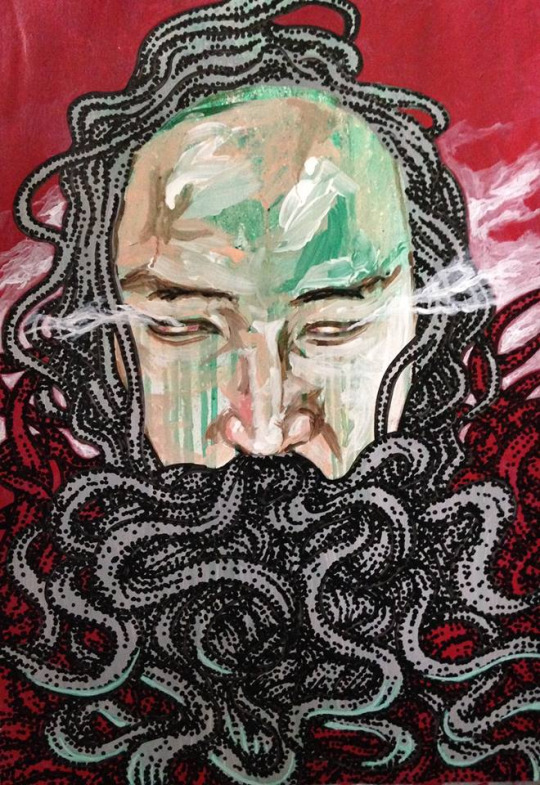
- "Gugurang"
Gugurang loomed high in the Bikol pantheon of gods. He was their (the people’s) benefactor, guide and defender against the god of evil, Aswang, who would anger Gugurang by inciting the people to rebel against the good god, do evil deeds and resort to sloth and easy pleasures. Seeing this, Gugurang would punish and pounce on Aswang and to his people, he gave protection and exhorted them to make sacrifices in order to appease his anger. The myths disclose him as a powerful and loving god who would vent his fury mercilessly on the transgressor but would shower them with gifts and protection in return. (Realubit, Bikols of the Philippines, p. 10).
It is believed that ancient people looked up to him with great respect as they fervently gestured to the skies and spoke with profound affection for a great lord whom they adored, revered, and feared.

- "Asuang"
Brother of Gugurang; an evil god who wanted Gugurang’s fire, and gathered evil spirits and advisers to cause immortality and crime to reign; vanquished by Gugurang but his influence still lingers.

- "Bakunawa"
Believed to be the cause of eclipse, Bakunawa is the deity of the deep and the underworld.
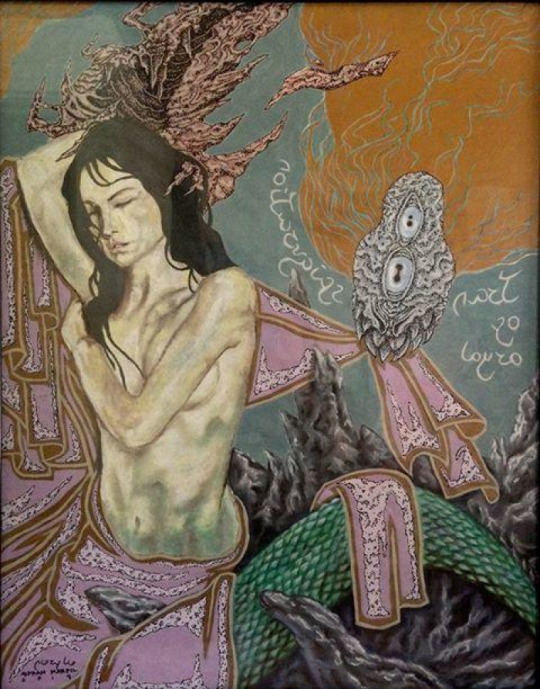
- "Oryol"
A demi-goddess in Bicolano myths, she is mentioned in the Ibalong Epic. A wily serpent who appeared as a beautiful maiden with a seductive voice; admired the hero Handyong’s bravery and gallantry, leading her to aid the hero in clearing the region of beasts until peace came into the land

- "Haliya"
Haliya is the masked goddess of the moonlight worshipped in pre-colonial Ibalon (present-day Bikol region) and in some parts of coastal Bisayas. Haliya was a warrior goddess who would wear a mask of gold to hide her beauty. In Philippine Mythology, Haliya was the name of a lunar goddess. She was said to be so beautiful that the sea goddess Bakunawa fell in love with her and sought her affections.
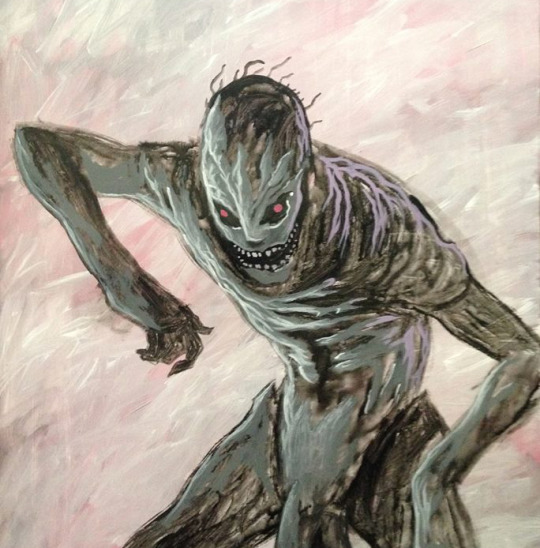
- "Tambaluslos"
A tall humanoid creature from Bicol. Generally black in complexion, it has long and thin legs with big joints, hooves, long thin arms and fingers, and a mane that runs from the back of the head down to its buttocks. It also has wide protruding lips like an ape. Another strange feature of this creature is that it has a long wrinkled penis and loose testicles which dangle on the ground. The creature’s name is derived from this feature which is referred to as ‘luslus’ which means ‘loose and hanging’. The Tambaluslos chases people who wander in the woods. The only way to escape it is to take off your clothes and wear them upside-down. The creature finds this act very hilarious and it will laugh so much that its wide lips would cover its face, therefore preventing it from seeing the victim who in turn will have ample time to escape.
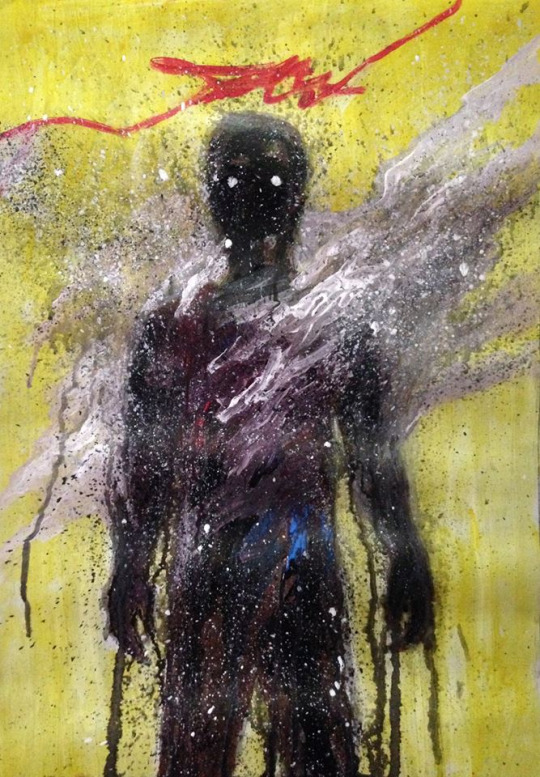
- "Tawong Lipod"
The ''Tawong Lipod'' or wind people, is a race of mythological creatures in Philippine mythology, most prevalent in Bicol area they are the court servants and handmaidens of the lunar gods Bulan and Haliya. They are beautiful, supernatural beings, youthful and elegant, and superb in the art of dancing. They are the nymphs of the winds and clouds forever loyal to the moon gods. lithe beings with light-colored skin who inhabit the skies, and are often depicted taking flight. they are called Biraddali by the Tausug

- "Daragang Magayon (Beautiful Maiden)"
The heroine that appears in the legend of Mt. Mayon. She grew up to be a very beautiful and sweet woman that struck the swains from faraway tribes who vied for her attention. When a war between her lover, Panganoron, and his enemy, Pagtuga, arise, her lover dies in her arms. In her grief, she grabs the knife used to kill Panganoron and stabbed herself. Magayon and Panganoron are buried together, their burial soon turning into what is now Mt. Mayon.
Some people say that it's a curse because she took her own life, but myths and legends say Magayon is the volcano and Panganoron is the clouds that surround the beautiful volcano.
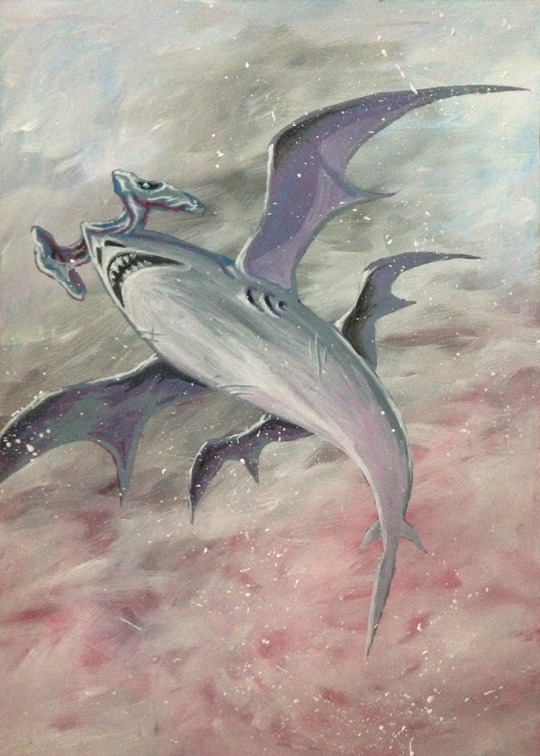
- "Triburones"
A shark, with razor sharp teeth, that can fly and circle its prey from the air. ‘Tiburon’ is Spanish for ‘shark’, most English translations of the Ibalon use this name for the creature (Triburon). In Bikol, these creatures are known as Pating na Pakpakan. In the Ibalon epic, they were tamed by the warrior-hero Handyong.
#bicolano deities#phillippine deities#filipino gods#filipino goddesses#philippines#philippine art#art#research#alfran marfil#eclipse#gugurang#asuang#bakunawa#oryol#haliya#tambaluslos#tawong lipod#triburones#long post#bicol#bicolano#bikolano#bikol
36 notes
·
View notes
Text
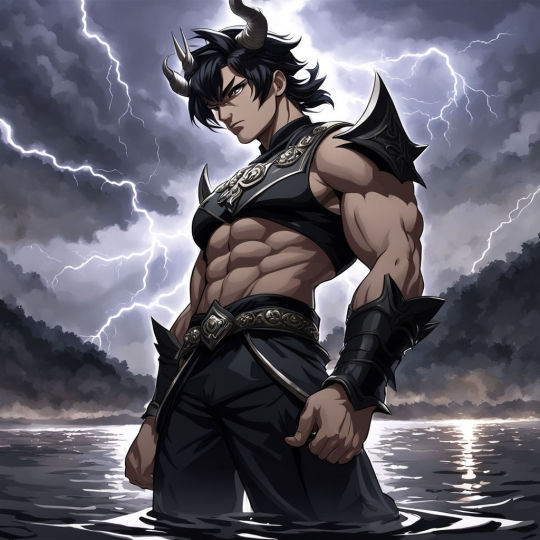
Linti god of lightning and enforcer of Gugurang. He wields thousand spears and is ready to smite monsters and evil doers.
0 notes
Text
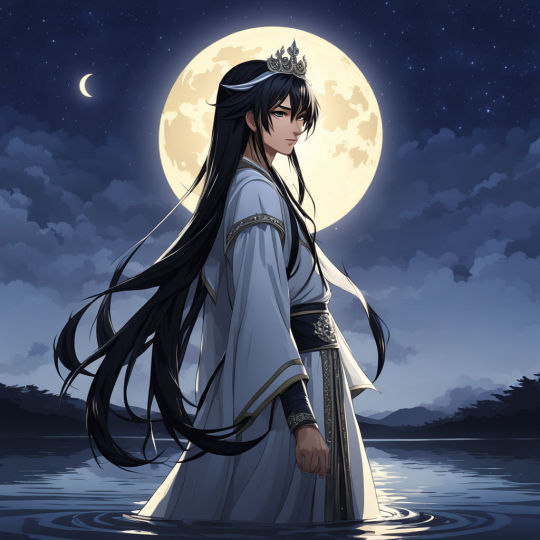
Bulan god of the Moon, timid and submissive to his brother Daga, he obeyed his brother Daga to battle Languit even though he does not want to. In other myths he is desired by the Bacunawa
#Bulan#god of the moon#Bicol mythology#Bulan of Bicol mythology#philippine mythology#Bicolano pantheon#Bicolano gods#Bicolano deity
0 notes
Text
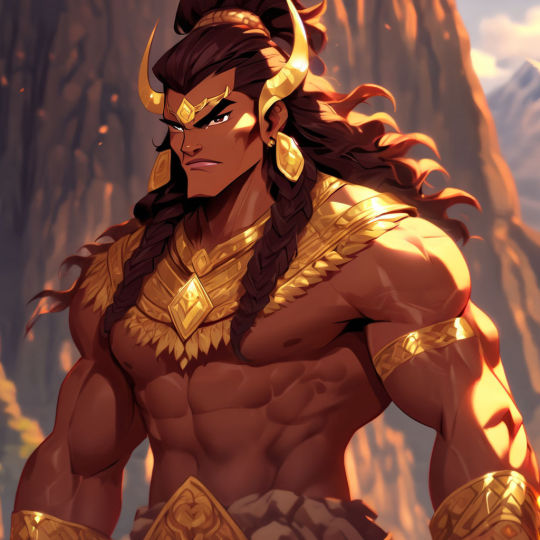
Daga god of earth rocks and winds. ambitious he wanted to rule over the domain of Languit, he forced convinced his brother Adlaw and Bulan to rebel and fight against Languit
#Daga#Bicol mythology#philippine mythology#god of the earth#diwata ng lupa#bicolano pantheon#bicolano deity
0 notes
Text
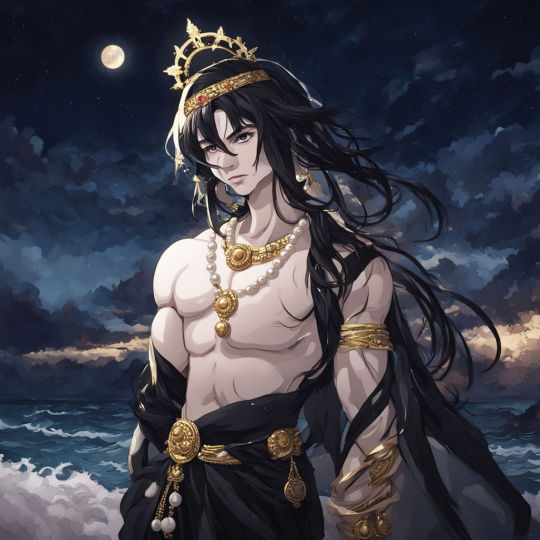
Tubig or Tubigan the deity of the waters and the celestial ocean and all the swimming beasts and monsters
0 notes
Text
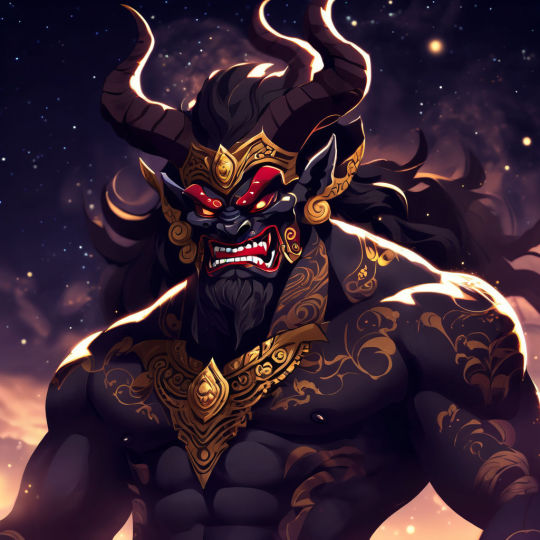
Asuang god of Evil in Bicol mythology, brother and rival of Gugurang. friend of the Moon god Bulan and father of the demi goddess Oryol.
He tried to steal Gugurangs sacred fire
0 notes